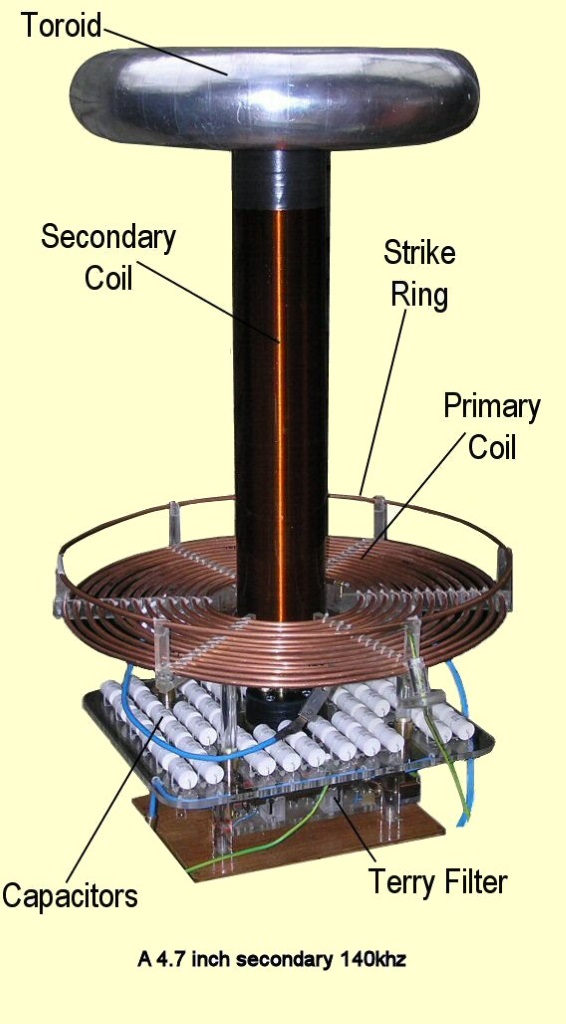Solar energy is emitted energy released from the sun that is then captured by solar panels which have the capability to absorb this energy and generate electricity from it (Webster). The solar panels are made up of photovoltaic (PV) cells, which convert sunlight into direct current (DC) electricity throughout the day. The direct current is then converted into and alternating current (AC) within the panel. Once converted, the energy is sent to the electrical panel in the building or home. The panel or the breaker box, uses the AC electricity and uses it to power devices in the home such as lights (SolarCity).
In 2010, Germany was clearly the world leader, and has only continued the trend. In 2009 alone, Germany installed 3.8 GW of PV solar energy capacity, and the country has added at least 3.3 GW of new solar capacity per year, and more like 6 GW per year between 2010 and 2012. “The combination of a proven feed-in-tariff (FiT) scheme, good financing opportunities, a large availability of skilled PV companies, and a good public awareness of the PV technology, largely contributed to this success,” European Photovoltaic Industry Association (EPIA) reported (PureEnergies). The United States only places fifth in using solar energy, we fall short to China, Italy, and Japan all in that order. However on a positive note, from research I was able to find that the U.S. solar industry continued on its record-breaking trajectory in Q2 2015 with 1,393 megawatts (MW) of installed solar capacity, making this the largest Q2 in history. As has been the case over the last 18 months, the residential and utility-scale markets led the way, installed 463 and 729 MW, respectively. Through the first half of the year, the solar industry has supplied 40% of all new 2015 electric generating capacity – more than any other energy technology. With more than 5,000 MW of installed solar capacity projected over the second half of 2015, the U.S. solar industry is expected to reach nearly 8,000 MW for the year, and 28,000 MW in total (SEIA).
This is a big step for the us as a nation to start moving forward with more green ways to power our everyday lives and to prevent global warming. Solar energy is a great way for us to avoid burning more and more fossil fuels which would decrease the amount of green house gasses we have already polluted into the atmosphere. Solar is far more reliable then other greener methods as well because of how constant the sun is a part of our everyday lives.
Citations
“Solar Industry Facts and Figures.” SEIA. N.p., n.d. Web. 26 Feb. 2016.
“Top 10 Countries Using Solar Power – Pure Energies.” Pure Energies USA. N.p., 15 Sept. 2014. Web. 26 Feb. 2016.
“Get the Facts About Solar Energy – How Does Solar Energy Work?” Solar Energy Facts. N.p., n.d. Web. 26 Feb. 2016.

